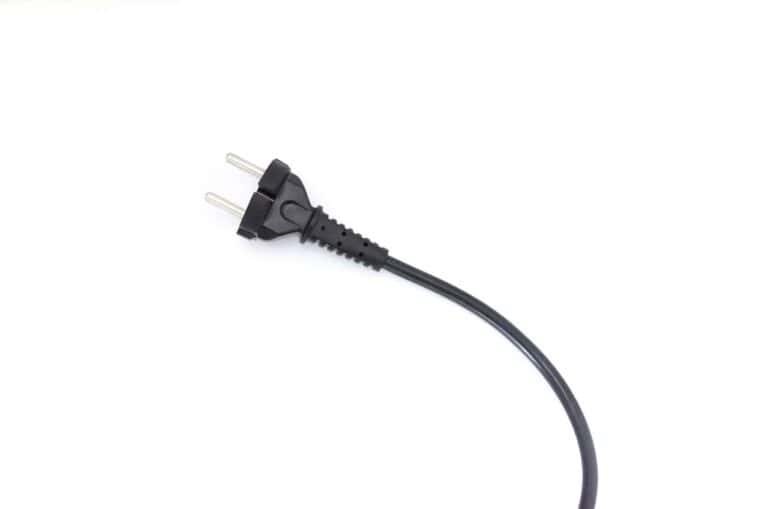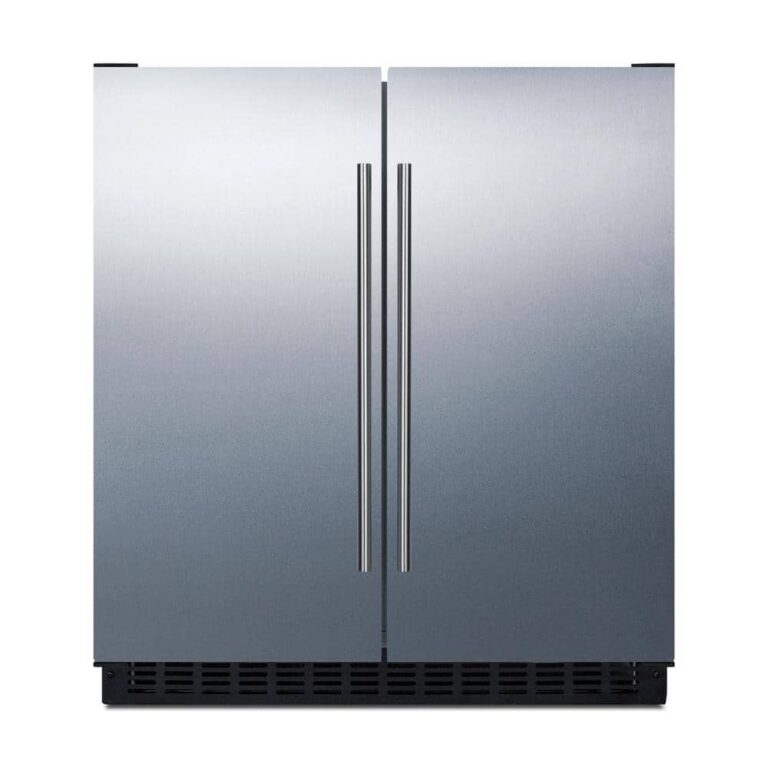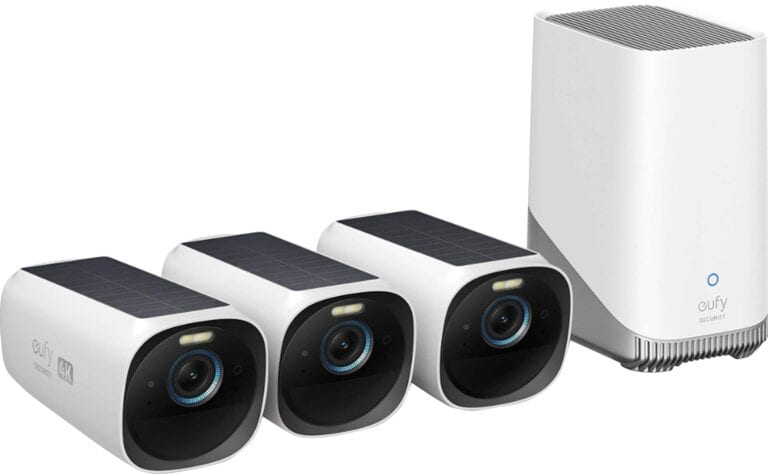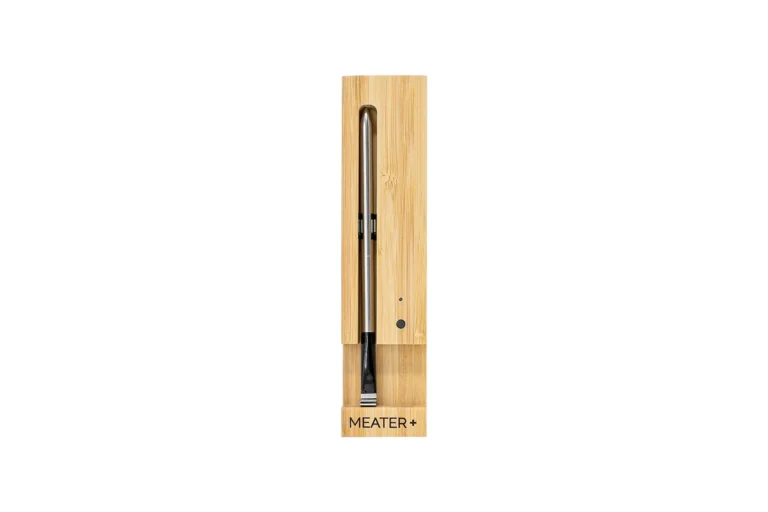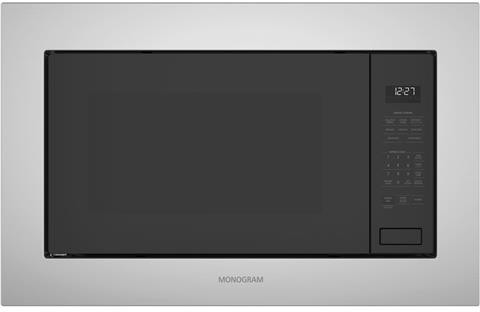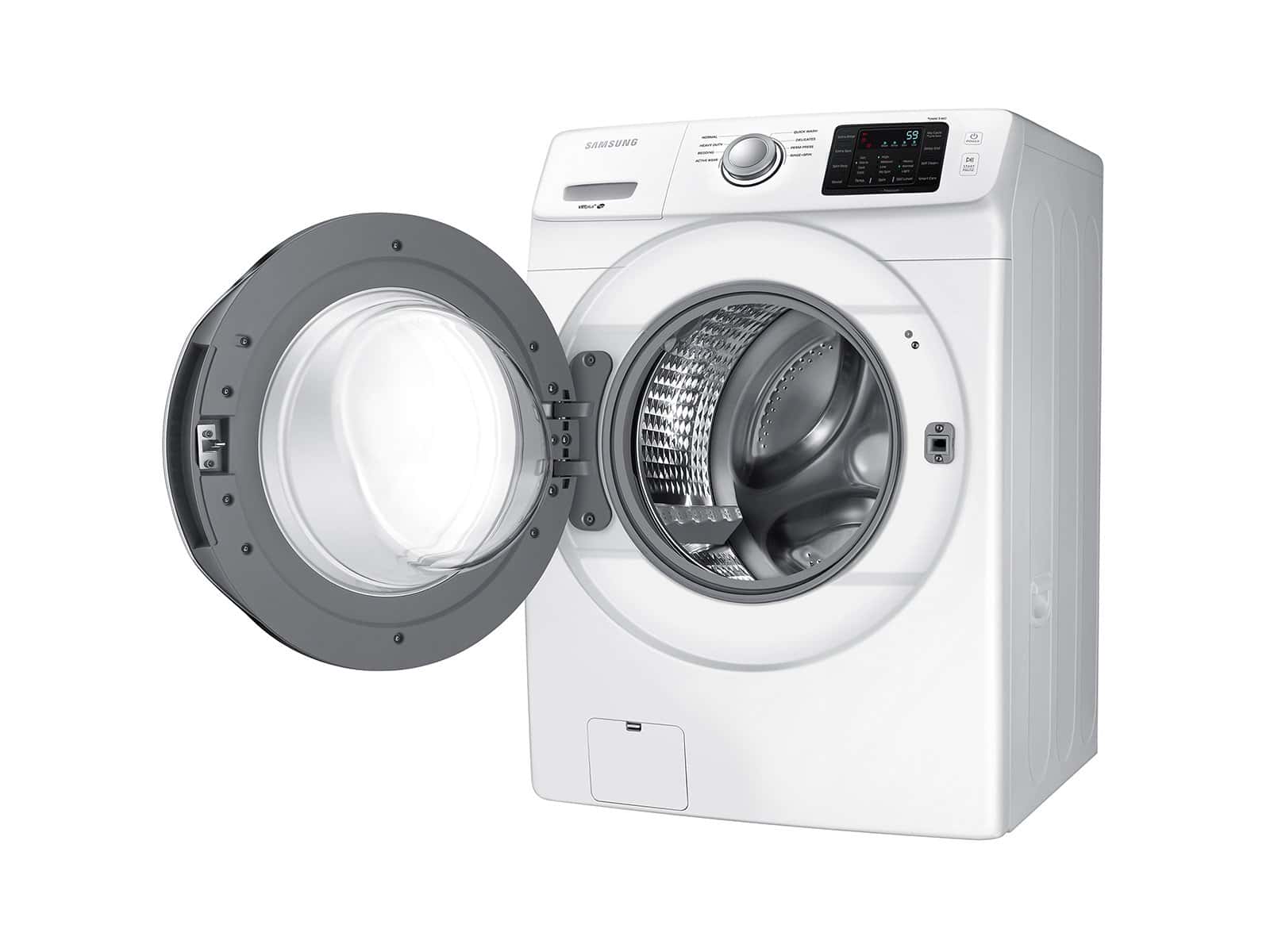
A washing machine that refuses to start can feel like a disaster—especially when laundry is piling up. But before you panic (or pay for a service call), it’s worth checking a few things on your own. Many washing machine problems have simple causes you can diagnose and fix without a toolbox—or a technician.
Whether you’re dealing with a front-loader or a top-loader, many startup issues boil down to power supply hiccups, door lock failures, sensor glitches, or water-related errors. Below is a complete guide to troubleshooting and fixing a washing machine that won’t start, step by step.
First Step: Power Check
Obvious? Yes. Essential? Absolutely. A washing machine can’t do anything if it’s not receiving power. Here’s how to make sure yours is:
- Plug test: Confirm the washer’s plug is seated securely in a working outlet.
- Outlet test: Try plugging in a different device (like a lamp) to verify the outlet has power.
- Breaker check: Head to your breaker box and look for a tripped switch—reset it if needed.
- Extension test: If nothing works, temporarily plug the washer into another outlet using a heavy-duty extension cord to rule out a bad outlet.
Also, inspect the power cord for signs of wear, scorching, or loose wires. Any damage here means the cord should be replaced immediately.
Door or Lid Not Closed? Your Washer Thinks It’s Unsafe
Modern washers won’t run unless the door or lid is shut and locked. This is a built-in safety feature.
- Front-loaders: Listen for the click when closing the door. If it won’t click or the lock indicator doesn’t light up, the door latch might be broken or misaligned.
- Top-loaders: Check the lid switch under the lip of the machine. These can wear out or become loose over time.
Try opening and firmly closing the door several times. If that works, the issue may be an intermittent door switch. If it doesn’t, test the switch with a multimeter or consider replacing it—it’s often a $20–$40 part.
Reset the Control Board
Many washers—especially digital ones—can get confused just like a smartphone. A basic reset can often do the trick.
- Unplug the machine.
- Wait 1–5 minutes.
- Plug it back in and try again.
For models with a reset button or a reset sequence (like pressing Start + Power simultaneously), refer to your owner’s manual.
Start Button Not Responding? Here’s What To Try
If pressing the Start button does nothing at all:
- Child lock may be enabled. Look for a padlock icon or “CL” on the display. Check your manual for how to disable it—usually it’s a combo of two buttons held for a few seconds.
- Touch control issues. If your machine uses a touchscreen or capacitive buttons, moisture or a worn-out panel might be to blame.
- Mechanical start button? It could be worn or disconnected from the control board. Unplug the washer and test the switch’s continuity.
Listen For Clues
When you press start, pay attention to what the machine does (or doesn’t) do:
- Nothing happens at all: Could be power, door lock, or control board.
- Buzzing/humming: The motor might be stuck or overloaded, or there could be a jam in the pump.
- Clicking: Often points to a failed relay or faulty timer.
Water Supply Problems Can Stall the Cycle
Most washers won’t start unless they detect water flow. Here’s how to troubleshoot that:
- Check hot and cold faucets behind the machine—make sure they’re open all the way.
- Inspect inlet hoses for blockages or kinks.
- Clean inlet filters on the back of the washer—minerals can clog them.
- Check the inlet valve (where hoses attach)—if it’s defective, it won’t allow water to enter.
Some smart washers will display an error code like F8, E1, or IE when they detect no water. If yours is showing an error, consult the manual to decode it.
Drainage Issues = No New Cycle
If the washer still has water inside, it may refuse to start a new cycle as a safety precaution.
- Check the drain hose for clogs or improper positioning.
- Clean the drain pump filter. Most front-loaders have one behind a small door at the bottom front. Watch out—water might come out!
- Run a Drain & Spin cycle to clear any leftover water.
- Reset the machine if it’s in a flood-protection or error state.
Test the Control Board & Timer
When everything else checks out, your issue might be in the brain of the washer—the control board.
- No lights or beeps at all? The board might be dead from a power surge.
- Lights on but no start? The logic board may have failed or the software may be stuck.
- Test with a multimeter if you’re comfortable. Look for burn marks, blown fuses, or loose connections.
Mechanical timer knobs (found on older models) can wear out too. Rotate the dial through the cycles and listen for clicks. If the knob feels loose or spins endlessly, the timer may need replacement.
Mechanical & Motor Failures
If you hear the motor trying to engage but nothing’s happening:
- Test the drive motor for continuity.
- Inspect the belt or motor coupling if the washer is humming but not moving.
- Smell anything burning? A failing capacitor or jammed motor might be overheating.
A seized pump or foreign object inside (like coins or hairpins) can also block movement. Unplug the unit and carefully check the tub or pump.
Advanced Troubleshooting: When to Call the Pros
Some issues require specialized tools or expertise:
- Control board replacement
- Complex wiring diagnosis
- Main motor swap
- Door lock module with electronic control
If you’ve ruled out the basics and still can’t get the washer to start, it’s time to call a technician. But the good news? Most problems can be diagnosed in under 30 minutes with the steps above.
Pro Tip: Error Code Lookup
If your washer has a digital display, look for blinking codes when something goes wrong. Search your model number online with the code (like “Samsung washer E2” or “Maytag F5E3”) to find targeted fixes. Manufacturer support pages often list what each code means—and how to clear it.
By walking through these troubleshooting steps, you can often avoid the hassle and expense of calling for service. Whether it’s a jammed door switch or a tripped breaker, fixing a washing machine that won’t start is usually within reach—and might just save laundry day.

